How to Keep Deer Out of Your Garden by Creating the Ultimate Deer-Proof Design
Keep deer out of the garden with these simple tips and tricks. Those greedy grazers will steer clear of your garden next time they're looking for a snack.
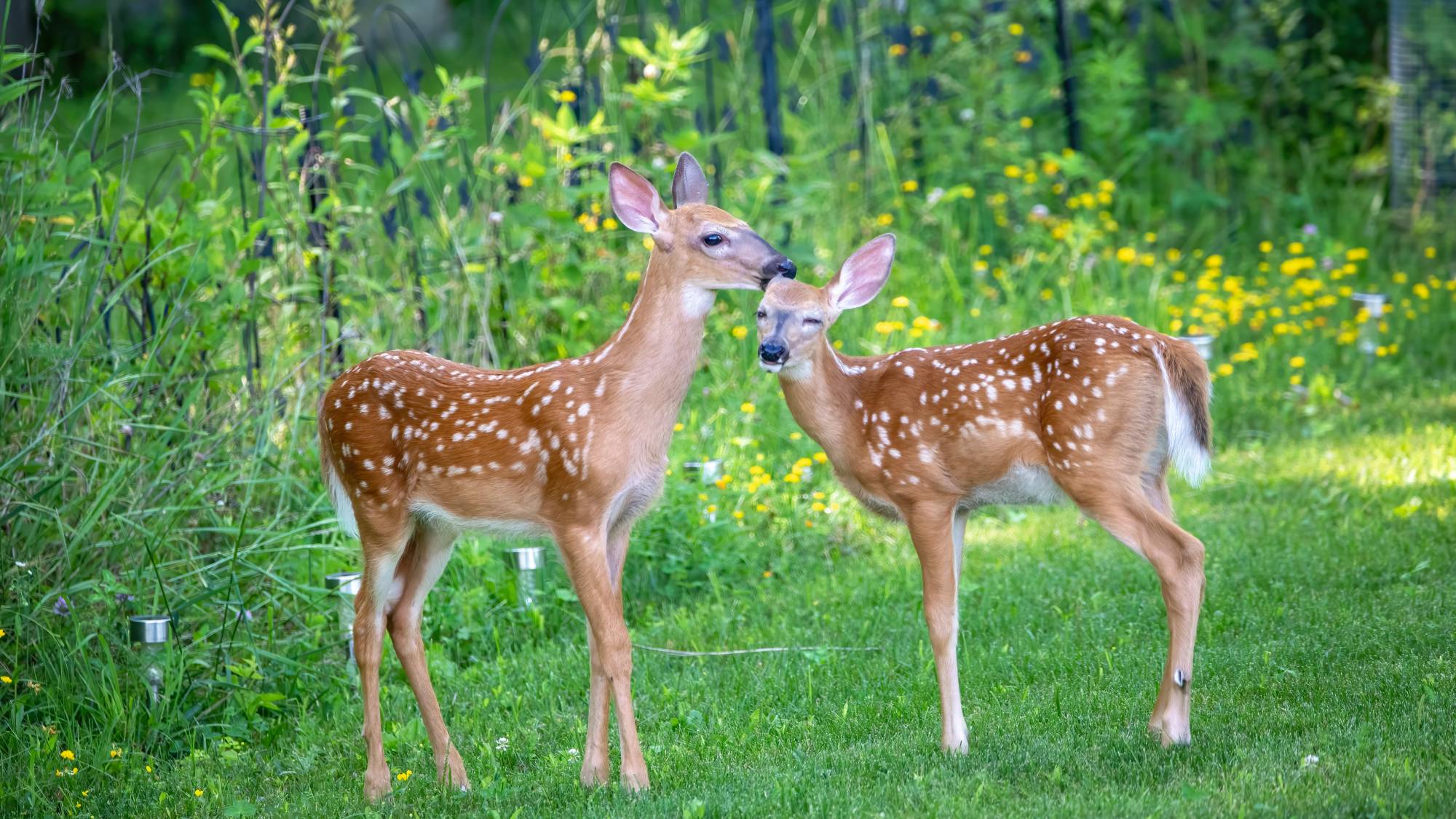
If your prized plants and flowers have become deer fodder you’ll want to know how to keep deer out of the garden. While it’s lovely to see these graceful ruminants roaming through a forest or prancing through a meadow, it is quite another matter to have them decimating your garden.
While I will stop at declaring war, deer grazing does rank up there with things that rankle me in the garden. That said, how to keep deer from eating my plants is at the forefront of my mind. Is it possible to have a deer proof garden?
Keep reading to learn how to keep deer out of the garden.
How to Keep Deer from Eating Plants
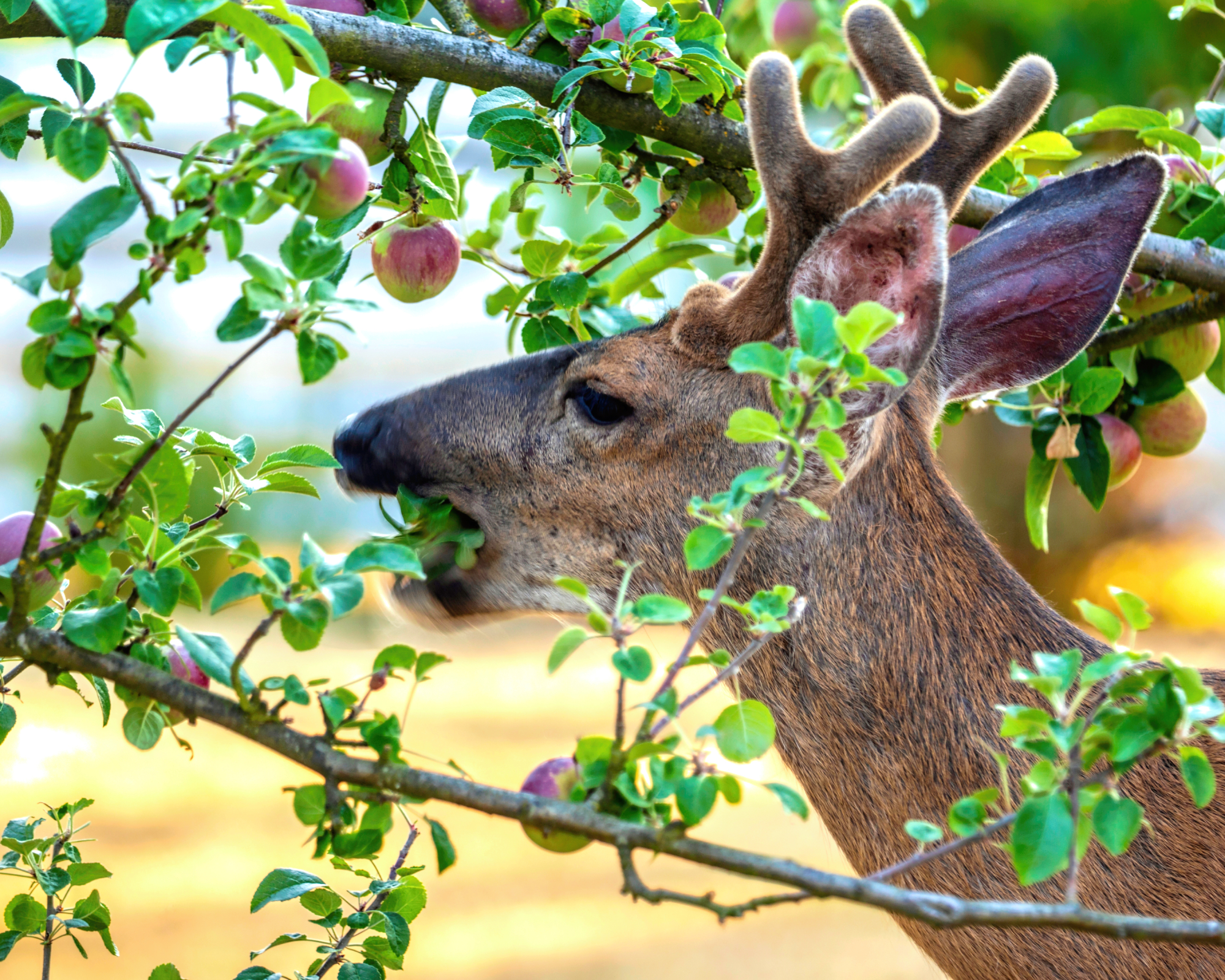
Deer are herbivores meaning they feed on plants, leaves and twigs. Social animals, they usually travel in small groups, but even a single deer feeding in your garden can spell disaster; at the very least it’s quite vexing.
There are a number of ways to deter deer in the garden. You can forcibly block the deer from entering the garden with fences and the like, you can repel the deer with sprays and motion sprinklers and you can plant deer resistant plants.
Often the best method of control is a multipronged approach using one or more deterrents.
Deer Fencing
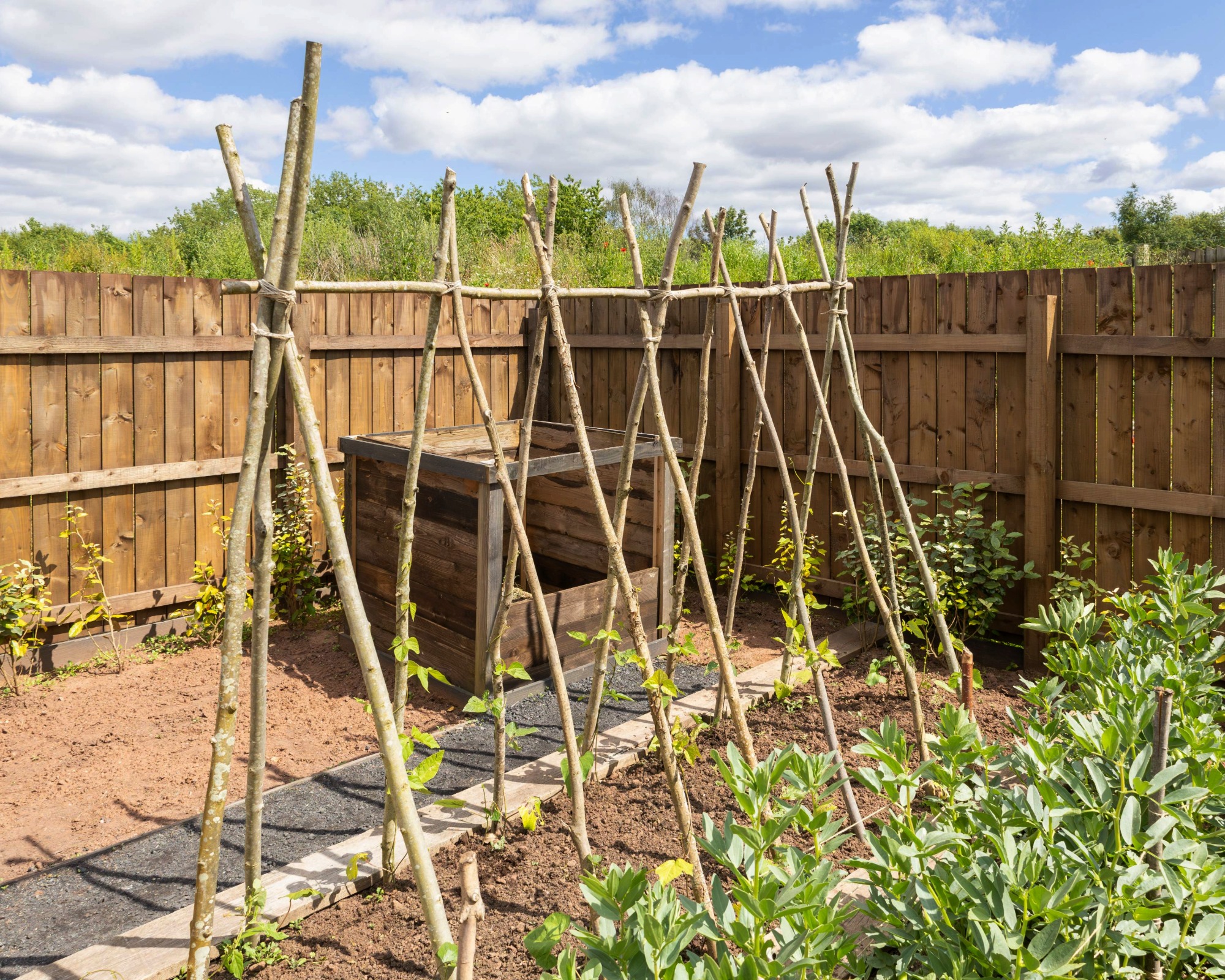
While you may have some success with other deer browsing deterrents, the only real way to keep the deer from eating your plants is to keep them out of the garden. This usually means a fence of some sort.
Sign up for the Gardening Know How newsletter today and receive a free copy of our e-book "How to Grow Delicious Tomatoes".
The trick here is to keep the barrier cost effective and aesthetic. You don’t want to feel like you’ve been jailed.
There are all kinds of ways to build a deer-proof fence. Wood is expensive and, if you do choose this route, be aware that the fence will have to be at least 8 feet (2.5 m) in height, preferably higher. Deer Busters has plastic and metal deer fence kits that come with everything you need to keep greedy grazers out of your garden.
Deer don’t like to jump over anything they can’t see through to the other side. This is where a stockade fence is a better option than other types of fencing. The deer can’t see through the fence which means it doesn’t have to be as tall as say split rail fencing.
Cattle guards are a good way to keep deer from entering your property from the road or through an unfenced drive.
Electric fencing is another great option although it isn’t legal everywhere so check with your city or county before installing. The downside here is that you must regularly maintain the perimeter since weed and other plants can render the fence ineffective. Also, it isn’t the best option for those with small children for obvious reasons.
Additional Deer Barrier Options
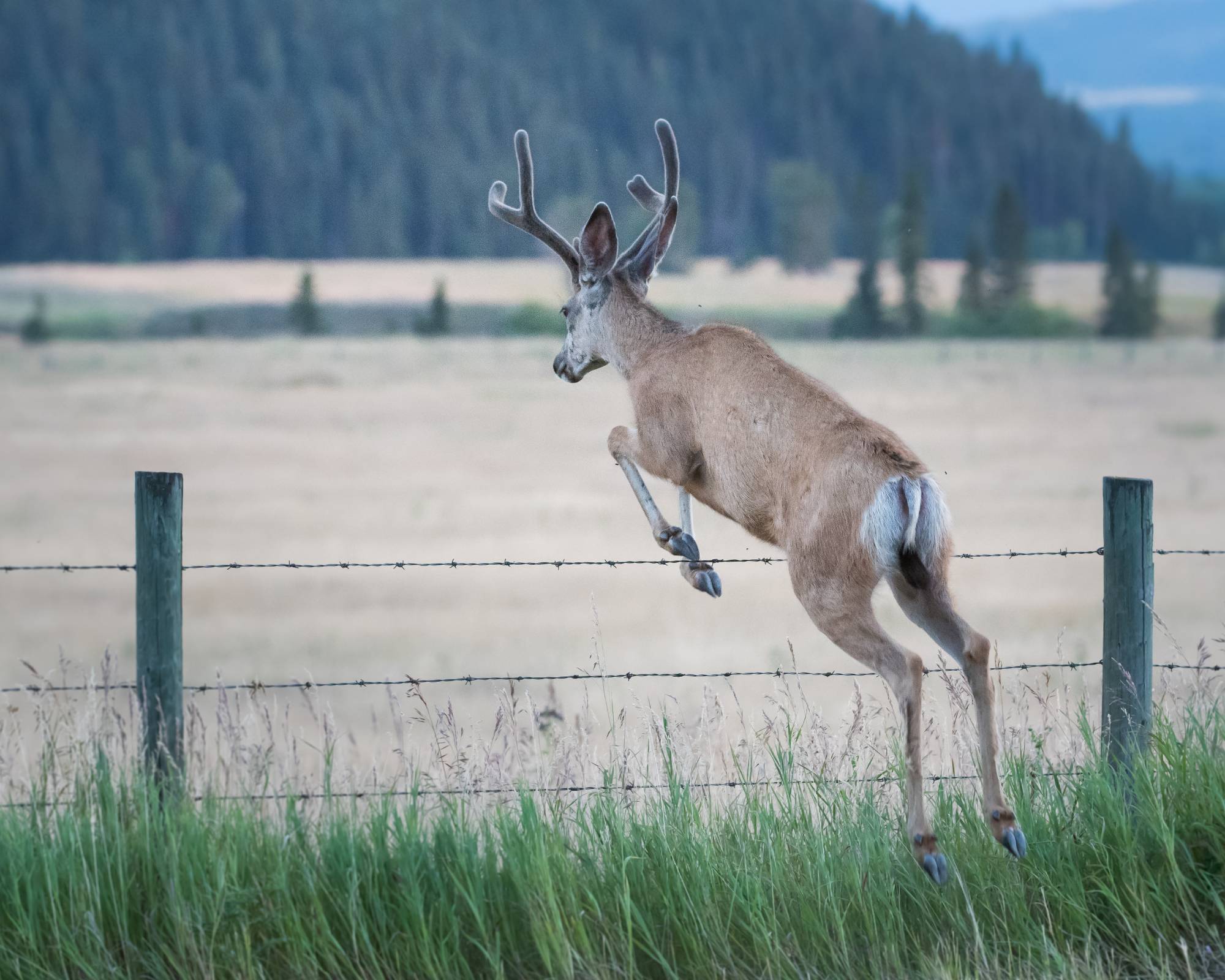
Just as deer don’t like to jump over something they can't see through, they also don’t like to jump into an enclosed area. Here, a double fence works like a charm to repel the deer. An example is an outer 4-5 foot (1-1.5 m) picket fence with a second fence of similar height inside the first fence. This inner fence can be made of chicken wire, wire mesh or other inexpensive material.
Instead of installing a traditional fence, you could use boulders as a natural barrier. The rocks need to be wide enough so the deer don’t just jump over them; at least 6-8 feet across.
Arguably the most common fencing used to deter deer is using black mesh deer netting. This netting is affixed to metal t-bars or 4 x 4’s. Again, the fence needs to be at least 8 feet (2.5 m) in height. Make sure to tie colorful streamers to it so the deer don’t get spooked into running through it.
How to Repel Deer
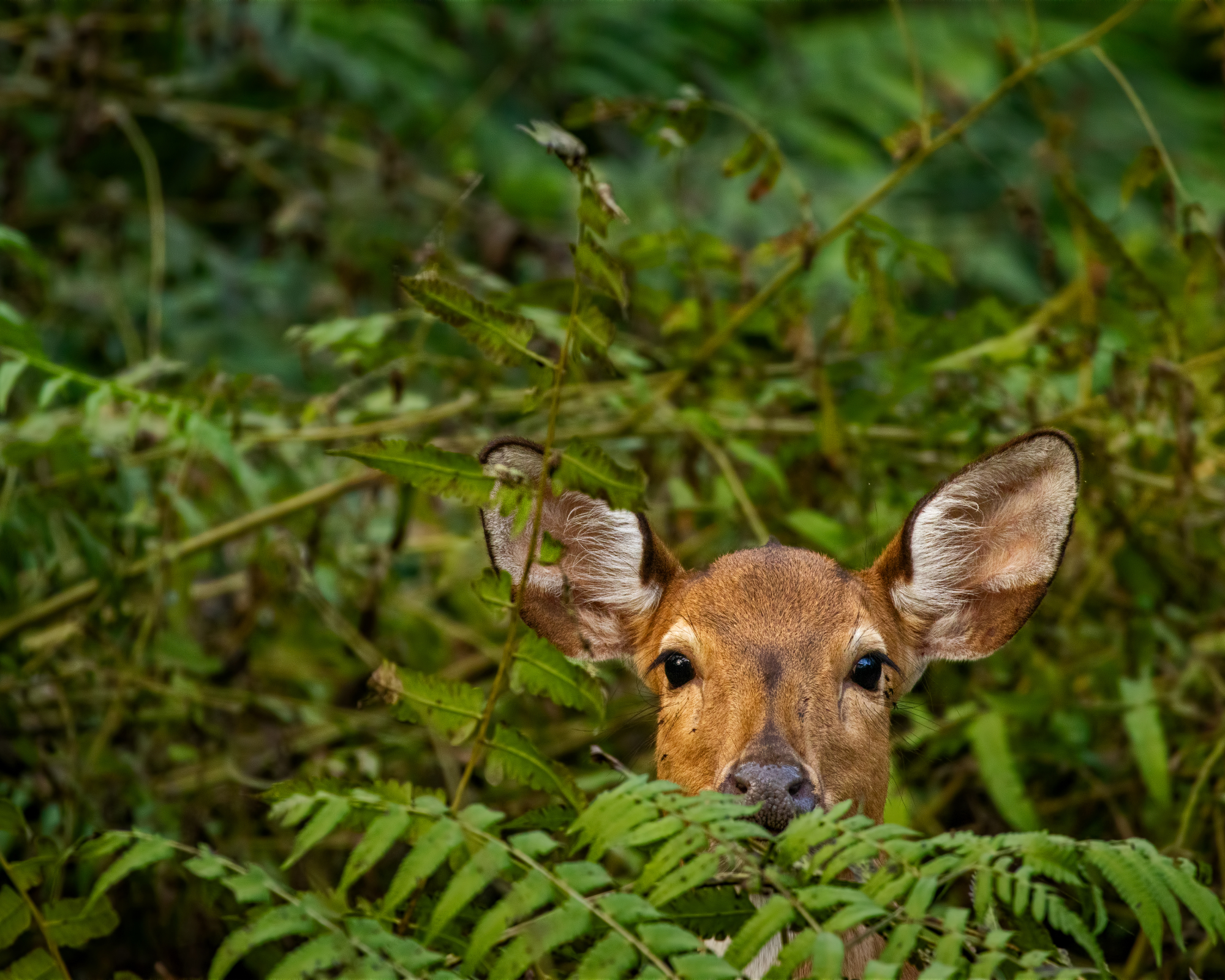
While a fence is the best deer deterrent, there are other ways to repel deer. A quick search of the internet will yield dozens of ways to repel deer, some of them downright goofy and some that actually work. They run the gamut from scent and taste to visual and noise deterrents. Again, you may have to implement more than one deterrent to drive the deer away from your precious plants.
Hang pie tins or old CD’s so they clank together with the slightest bit of wind. A radio kept on at night will keep deer at bay as will a motion detector.
Some say human or dog hair hung in an old pantyhose or something similar will repel the deer but it hasn’t worked for me.
You can buy a motion sensor sprinkler or flashing light which will startle the deer out of the garden. Our resident pests expert, Tyler Schuster, loves this motion-activated sprinkler from Amazon to keep pests at bay in his yard.
There are a plethora of spray repellants said to deter deer, some are even DIY. Homemade deer repellents can include garlic, chili peppers, or eggs ad cayenne pepper. Of course, you can also purchase repellants. Our editors love Liquid Fence which can be found on Amazon.
If deer aren’t repelled by the rotten eggs as above, Lysol soaked socks or hanging bars of highly scented soaps might do the trick. Other smelly substances that can be used include mothballs, fabric softener sheets and garlic.
Lastly, predator urine can be used to deter deer. It is sold in many garden stores.
Deer Resistant Plants
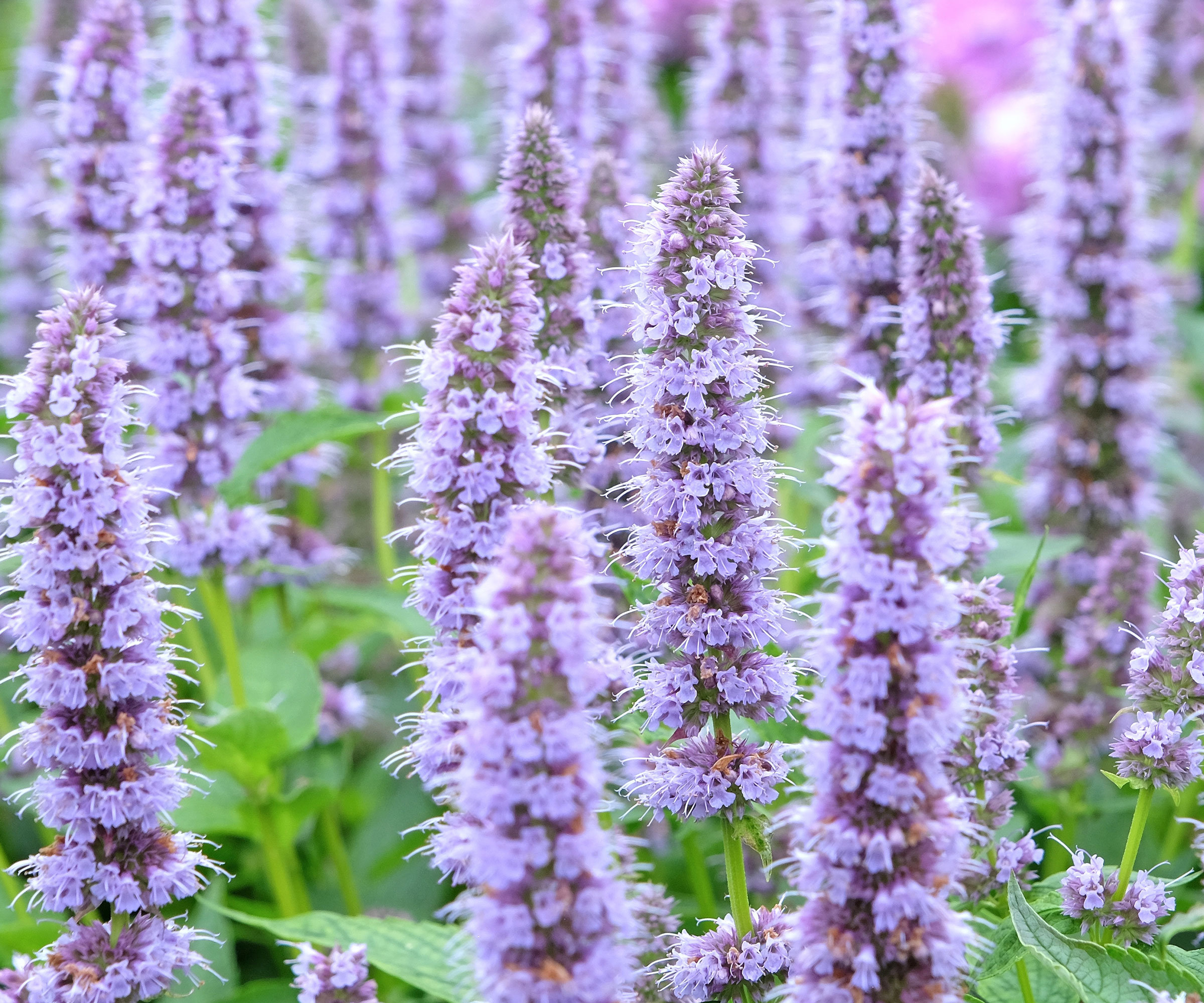
If you are lucky enough to have deer in your area, you are going to see them browsing. If you want to keep the deer from nibbling on your plants you need to select deer resistant plants. This means plants that have hairy, prickly or fuzzy foliage, heavily scented plants, leathery or fibrous plants and grasses. Toxic plants (not plants that will kill them, just give them a tummy ache), are another option except be aware that these plants might be toxic to other animals like your pets or even humans.
So deer are fairly picky about what they browse on unless they are truly starving. Generally they prefer tender, young leaves and buds. They do not like plants with a lot of texture. So bristly, leathery, spiny, hairy plants are less likely to entice them. Roses seem to be an exception. Rose buds must be a delicacy as deer learn to eat around the thorns to get to them.
To repel deer plant textured plants like lamb’s ear, holly bushes, lady’s mantle, yarrow, bugloss, bear’s breaches, and sea holly.
Deer also don’t like heavily scented plants. These include many herbs such as mint, sage, thyme, rosemary and lavender. Other plants with strong aromas that will repel deer are calamint, hyssop, Russian sage, salvia, tansy, and bee balm.
Plants that will deter deer due to their tough to digest leathery or fibrous foliage include iris, begonias, some viburnum and peonies.
Deer toxic plants like bleeding heart, Euphorbia (spurge), daffodils, hellebore, poppies and false indigo are also unpalatable to deer.
Companion Planting to Deter Deer
By planting some of the above deer resistant plants in amongst other plantings, you may get the same benefit. Especially when you interplant strong smelling plants like herbs and alliums amongst other plants.
Some plants become an actual physical barrier deterring the deer from browsing. Growing shrubs to form dense hedges that deer won’t pass through is another way to reduce the presence of deer.
Deer Resistant Shrubs and Trees
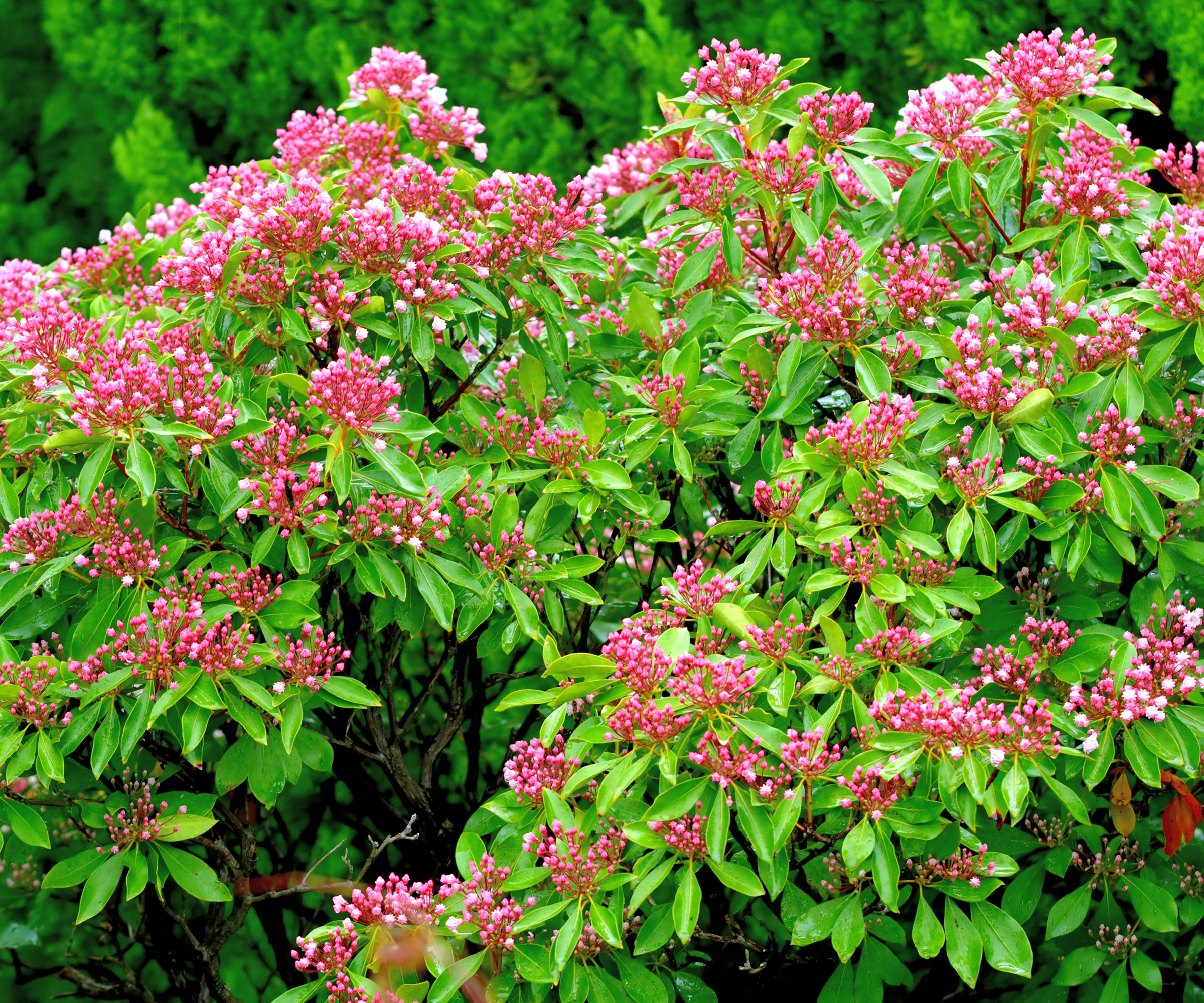
There are many shrubs that when allowed to form a dense barrier or thicket do a great job as a deer barrier. Remember, the deer need to be wary of predators and if they can’t see through the hedge, they are less likely to jump over it. Chinese juniper, mountain laurel, bush cinquefoil, spirea, viburnum, weigela, witch hazel and more are excellent choices for deer barriers.
Trees that are resistant or less enticing to deer include linden, willow, birch, beech, serviceberry, redbud, spruce, magnolia, honey locust, hawthorn and dogwood.
Using a combination of methods to keep deer out of the garden is the best way to create a deer-proof space. Use barriers where you can, use plants and flowers that they don't like in your landscape design, and a few scaring or scent deterrents to top it all off. Hopefully these tips will allow you to live in better harmony with the deer and keep them moving along.

Amy Grant has been gardening for 30 years and writing for 15. A professional chef and caterer, Amy's area of expertise is culinary gardening.
